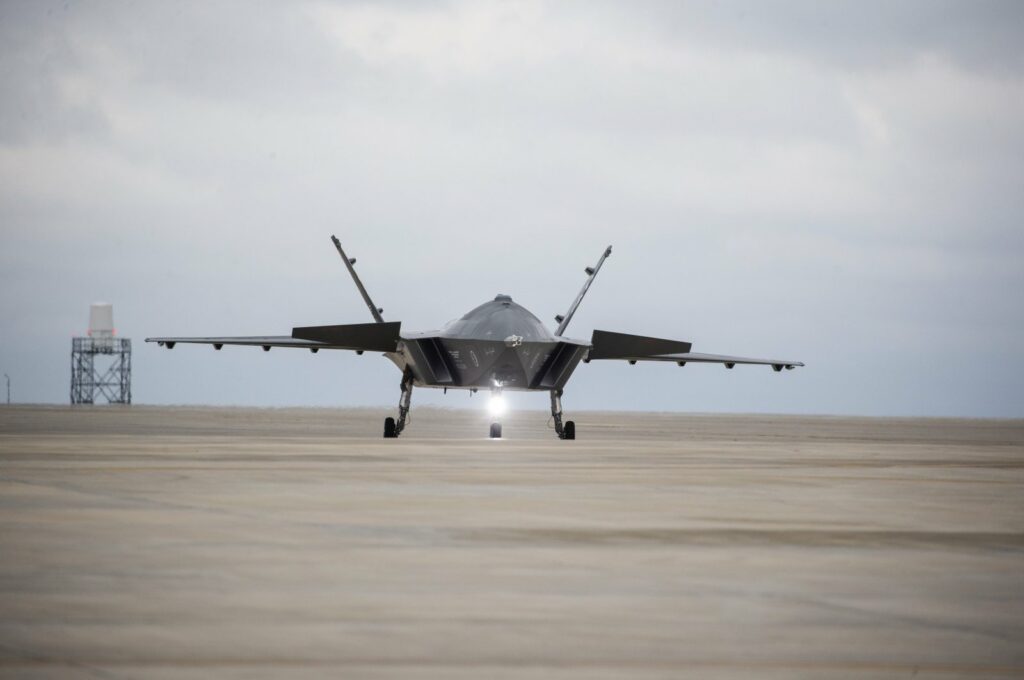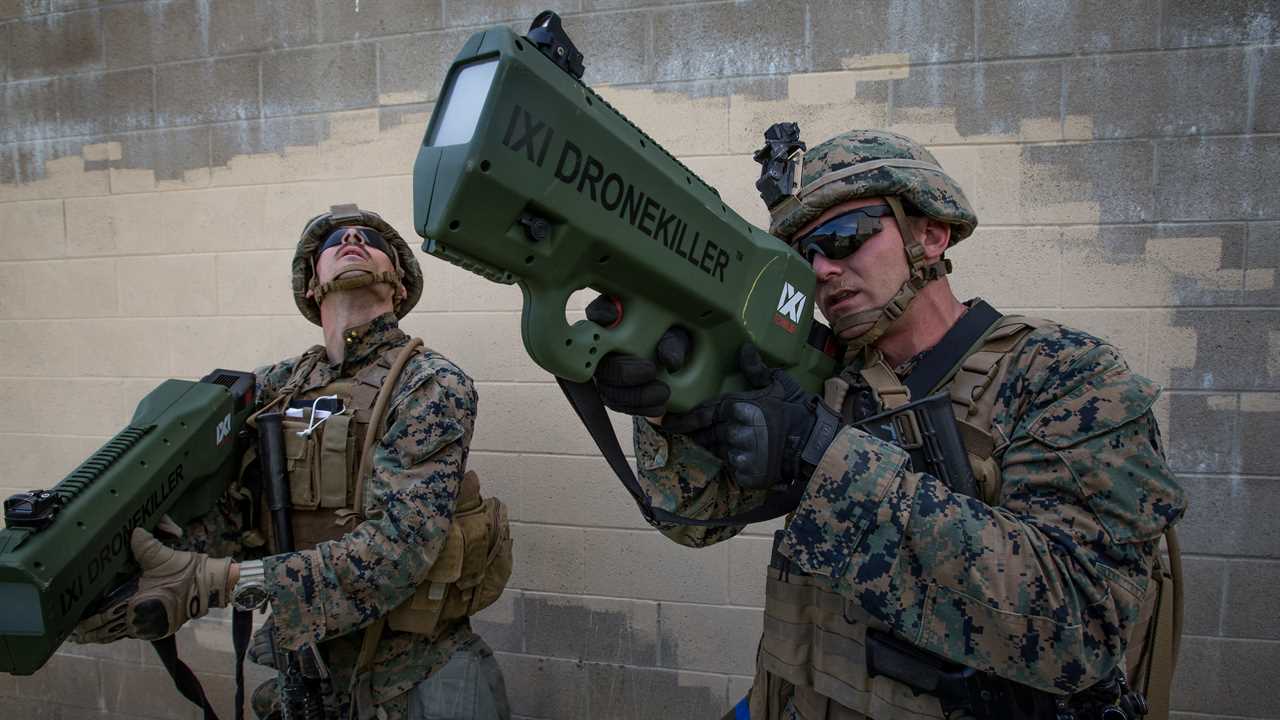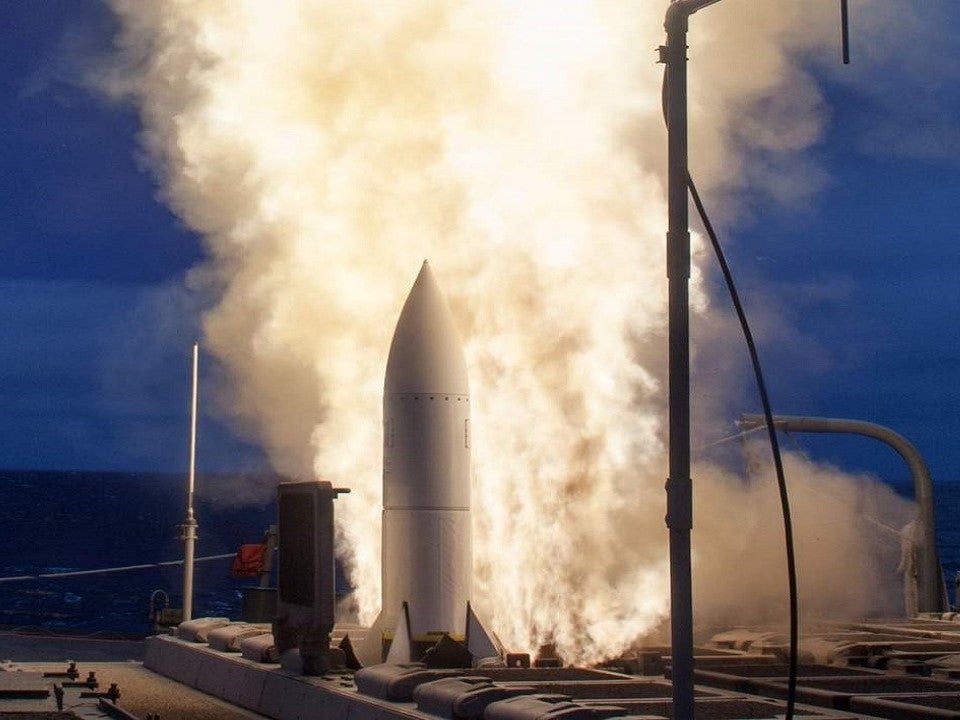
In today's increasingly complex and interconnected world, counterterrorism efforts have become paramount in ensuring the safety and security of nations.
Technology plays a crucial role in these endeavors, enabling the enhancement of threat detection through anti-terrorist surveillance, the mitigation of explosive risks with counter-IED solutions, the safeguarding of national boundaries using technology for border security, and the protection against cyber attacks with robust cybersecurity measures.
Additionally, effective intelligence sharing is instrumental in thwarting terrorist activities.
This article explores the various technological advancements that are utilized for modern counterterrorism efforts.
Key Takeaways
- Surveillance technologies such as CCTV cameras, facial recognition systems, and biometric scanners play a crucial role in anti-terrorist surveillance by providing real-time footage for analysis and identifying individuals against watchlists.
- Counter-IED solutions, including X-ray scanners, chemical sensors, and blast-resistant materials, help mitigate the risks associated with explosive devices, reducing the potential impact of IED attacks.
- Cybersecurity measures, such as firewalls, encryption technologies, vulnerability assessments, and public-private partnerships, are essential in mitigating the risks of terrorist attacks in the digital realm, enhancing nations' ability to deter and respond to cyber-attacks.
- Intelligence sharing enables collaboration, enhanced situational awareness, real-time exchange of information, and improved coordination among security agencies, all of which are crucial in effective counterterrorism efforts. Additionally, advanced technology, such as biometric identification and drone surveillance, enhances border security and maintains the integrity of national boundaries.
Anti-Terrorist Surveillance: Enhancing Threat Detection
Anti-terrorist surveillance plays a crucial role in enhancing threat detection capabilities within modern counterterrorism efforts. Surveillance technologies have become increasingly sophisticated, enabling authorities to monitor and analyze potential threats more effectively.
These technologies include closed-circuit television (CCTV) cameras, facial recognition systems, biometric scanners, and data analytics tools. CCTV cameras are strategically placed in public spaces, transportation hubs, and critical infrastructure sites to capture real-time footage for immediate analysis. Facial recognition systems use algorithms to match individuals against watchlists of known terrorists or persons of interest. Biometric scanners collect unique physical characteristics such as fingerprints or iris patterns for identification purposes.
Data analytics tools help authorities sift through vast amounts of information to identify patterns or anomalies that may indicate terrorist activity. By utilizing these surveillance technologies, law enforcement agencies can enhance their threat detection capabilities and proactively prevent potential attacks from occurring.

Counter-IED Solutions: Mitigating Explosive Risks
Counter-IED solutions play a crucial role in mitigating the risks associated with explosive devices. These solutions are designed to detect improvised explosive devices (IEDs) and prevent their detonation, thereby safeguarding lives and infrastructure.
To achieve this, advanced technologies such as X-ray scanners, chemical sensors, and thermal imaging systems are employed. These technologies enable security personnel to identify suspicious objects or materials that may be used in IED construction.
Additionally, blast-resistant materials and designs are utilized in the construction of buildings and vehicles to minimize damage caused by explosions. This includes reinforced walls, impact-absorbing structures, and explosion-resistant glass.
By incorporating these measures into counterterrorism efforts, the potential impact of IED attacks can be significantly reduced. It is essential for governments and security agencies to continually invest in research and development for innovative counter-IED solutions to stay ahead of evolving threats.
Cybersecurity Measures Against Terrorist Attacks
Cybersecurity measures are essential in mitigating the potential risks of terrorist attacks in the digital realm. Preventing infiltration and securing critical infrastructure are key objectives in countering terrorist activities online.
Terrorist groups have increasingly exploited cyberspace to spread propaganda, recruit members, and coordinate attacks. To combat this threat, governments and organizations employ various cybersecurity measures.
Firstly, they establish robust firewalls and intrusion detection systems to safeguard networks from unauthorized access. Additionally, encryption technologies ensure the confidentiality of sensitive information exchanged between security agencies.

Regular vulnerability assessments and penetration testing help identify weaknesses in systems that could be exploited by terrorists.
Public-private partnerships also play a crucial role in sharing threat intelligence and developing effective countermeasures against cyber threats posed by terrorists.
By employing these comprehensive cybersecurity measures, nations can significantly enhance their ability to deter and respond to potential cyber-attacks orchestrated by terrorist organizations while ensuring the freedom and security of their citizens' digital lives.
Intelligence Sharing for Effective Counterterrorism
Intelligence sharing across nations is crucial for effective collaboration in countering terrorist activities. It enables countries to pool their resources, expertise, and information, leading to a better understanding of the evolving threat landscape.
The following measures highlight the importance of intelligence collaboration and information sharing:
Enhanced situational awareness: By sharing intelligence, countries gain a broader perspective on potential threats and can identify patterns or trends that may be missed individually.
Expedited response: Real-time exchange of information allows for swift responses to emerging threats, enabling preemptive actions and preventing attacks.

Improved coordination: Intelligence sharing fosters greater coordination among security agencies by facilitating joint operations, investigations, and arrests across borders.
However, challenges such as concerns over data privacy and sovereignty often hinder effective intelligence collaboration. Establishing trust among nations and implementing secure mechanisms for information sharing are paramount to overcome these obstacles and ensure collective efforts in countering terrorism remain successful.
Technology for Border Security: Safeguarding National Boundaries
The utilization of advanced technological systems plays a vital role in safeguarding national boundaries and ensuring effective border security. Biometric identification is one such technology that has proven to be instrumental in enhancing border control measures. By utilizing unique physical or behavioral characteristics, biometric identification systems can accurately identify individuals, thereby preventing unauthorized entry or identifying potential threats.
Additionally, drone surveillance has emerged as a crucial tool in monitoring and securing borders. Drones equipped with high-resolution cameras and thermal imaging capabilities can cover vast areas efficiently and provide real-time situational awareness to border patrol agents. This enables timely response to any suspicious activities or breaches along the border.
The combination of biometric identification and drone surveillance significantly enhances border security by deterring illegal immigration, smuggling, and potential terrorist threats while maintaining the integrity of national boundaries.
Frequently Asked Questions
How do anti-terrorist surveillance systems work to enhance threat detection?
Enhancing surveillance capabilities through the use of threat detection algorithms is crucial in counterterrorism efforts. These systems analyze vast amounts of data to identify patterns and anomalies, aiding in the early detection of potential threats and preventing terrorist attacks.
What are some effective counter-IED solutions used to mitigate explosive risks?
Effective counter-IED solutions play a crucial role in mitigating explosive risks. These solutions include advanced detection technologies, bomb disposal robots, training programs for law enforcement personnel, and public awareness campaigns to identify and report suspicious activities.

How does cybersecurity play a role in preventing terrorist attacks?
Cybersecurity measures play a crucial role in preventing terrorist attacks by mitigating online threats and protecting critical infrastructure. These measures include robust encryption, network monitoring, regular software updates, and information sharing among intelligence agencies to detect and disrupt potential threats.
Intelligence sharing plays a crucial role in enhancing counterterrorism efforts. It enables different agencies to exchange information, coordinate operations, and identify potential threats, thereby strengthening the overall effectiveness of counterterrorism measures.
What types of technology are used for border security to safeguard national boundaries?
Unmanned drones and biometric identification are two types of technology used for border security to safeguard national boundaries. Unmanned drones provide surveillance capabilities, while biometric identification helps authenticate individuals entering or exiting the country.
 GadgetsProduct ReviewsSmart DevicesDronesVirtual DevicesPrivacy PolicyTerms And Conditions
GadgetsProduct ReviewsSmart DevicesDronesVirtual DevicesPrivacy PolicyTerms And Conditions
